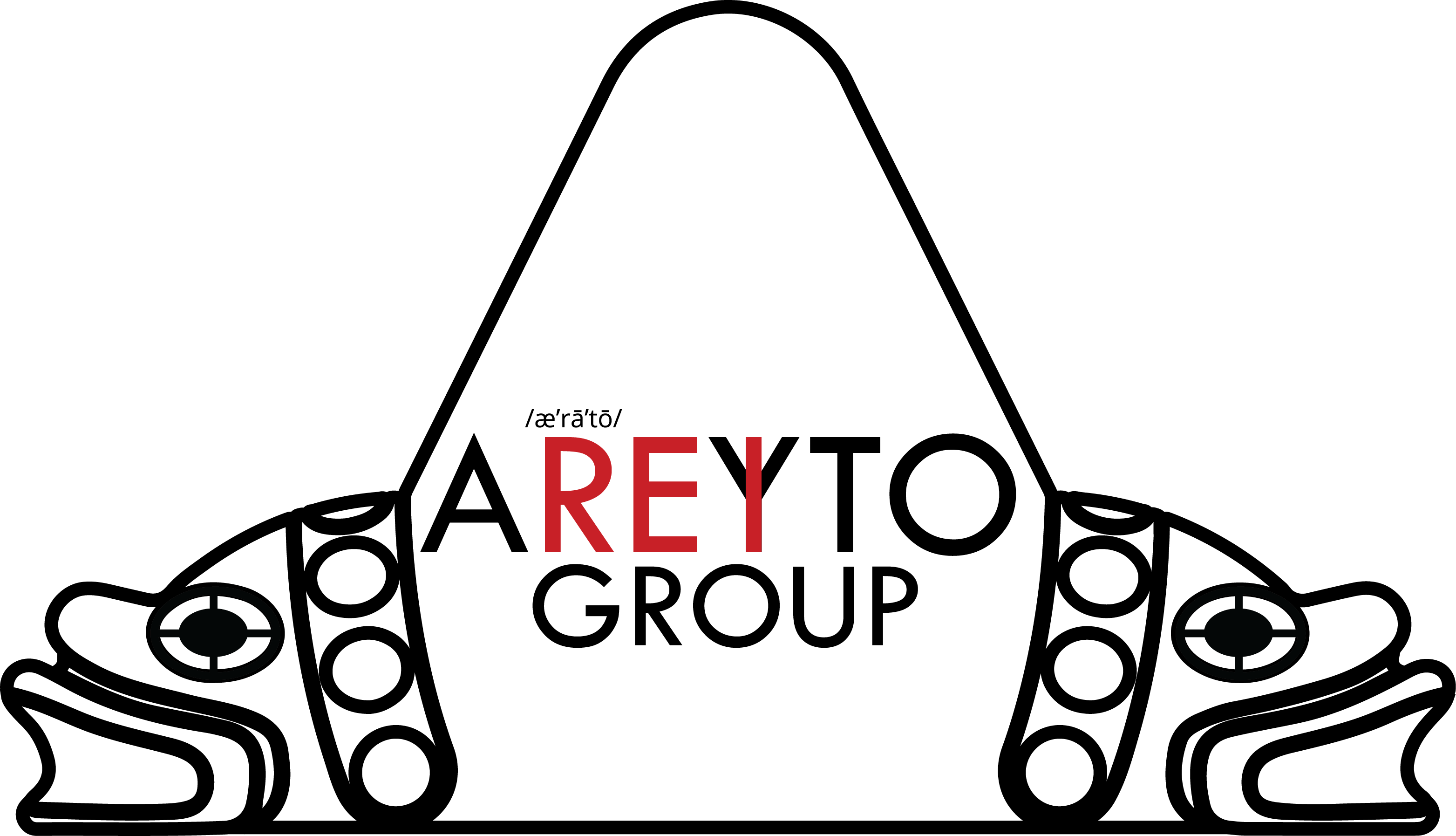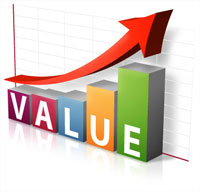
This is the second part of the post I started last week about Adding Value.
Last week we talked about how to recognize waste and the seven (or nine) waste categories. If you need a refresher, take a few minutes to review it.
Now that we have a way to identify waste, let’s talk about how we define value. If you look up the definition of value, you will find that value is “the importance, worth or usefulness of something”. That is exactly how we, as Lean practitioners need to define value. When we think about what something is worth (not what its price is), we are thinking about value. Sometimes we confuse the words value, cost and price. Let me highlight here that value has very little to do with cost and price. Like the definition says, value is intrinsic of the item of consideration. Price is volatile and subject to many external influences. Cost is also variable and has little influence on value.
Let me ask you a question: Who determines what value is?
Let’s ponder that for a few seconds. Let’s have fun and make it a multiple choice question:
Who determines what value is?
a) The supplier or provider
b) The marketplace
c) The consumer or customer
d) None of the above
If you answered “c”, the consumer, give yourself a pat in the back! The customer defines value. It does not matter how much it costs, it does not matter what the price is; value is in the eye of the customer. In fact, the first lean principle states: “Specify value in the eye of the customer”.
This should be our compass when we are evaluating value produced by a process or system. As Lean practitioners, we are sometimes mapping a process, whether it is a flow chart, a process map or a value stream map. After we have laid out all the steps, it is time to determine how much value, if any, each of those steps produces. If it does not add any value, that step is waste.
Why do we want to determine if a step adds value or not? Because, if it doesn’t, then, we should look for ways to eliminate that step! Here I am going to give you three rules by which to determine whether or not a step adds value. They are The Three C’s:
- Customer cares about it – This is what I was saying earlier that the customer determines what value is. One way to look at it is to ask, “Would the customer be willing to pay for that?” Put yourself in the customer’s position. Now look at that step and ask yourself, “If I received an itemized bill and they charged me for that step, would I be willing to pay for it?” If the customer would not pay for it, then, it does not add value.
- Changes the thing – This means that there is some transformation happening. Whether you are transforming raw materials into your finished goods, improving the medical condition of a patient or getting a family closer to securing a loan, the step should “change the thing”. The thing can be a widget, a form, an application, the medical condition of a patient or whatever your process is supposed to change. If you have a step that is not changing the thing, it is not value-added and you should look for ways to eliminate it.
- Correct the first time – Finally, a step adds value if it is done correctly every time. If a step produces scrap or rework, it does not add value and you should look for ways to improve the first-time-quality of it before you can call it “value-added”. If a step for generating a report produces a report with mistakes, it is not value added. If a step harms a patient or makes a patient come back because they took an X-ray of the wrong joint, it is not adding value. If a step for setting up a piece of equipment causes staff to reboot or reinitiate the process 50% of the time, it is a wasteful step.
Let’s take an example. In any process, in any industry (manufacturing, automotive, aerospace, government, healthcare), let’s take an inspection step. Whether you are inspecting a widget, a physical product, or perhaps double-checking that a form got filled-out correctly, or asking the patient the same question for the 5th time (“are you fasting today?”), an inspection step is WASTE. My apologies to all those inspectors out there, but it is true. When you look at it from a Lean perspective, inspection is waste. Let’s look at it from The Three C’s perspective:
Customer cares – Would I be willing to pay for it? Why should I pay for an inspection step? If you do not have enough confidence in your process’ reliability, that is not my problem. I am not going to pay for that!
Changes the thing – This is the easiest one for an inspection step. Does it change the thing? Clearly, it does not! All you are doing is checking what changes have already been done and make sure they are the right ones. Through this glass, inspection is not value added either.
Correct the first time – It is possible that an inspection step might be done correctly every time.
Now, please, note that I am not saying that inspection is not necessary. There may be a difference between saying something is waste and saying something is not necessary. Inspection steps, a lot of times, are necessary, and even mandatory. Regulatory agencies have prescribed certain inspection steps to be followed to ensure high quality and reliability. I used to work in the aerospace industry and the FAA, in its function of guarding the public’s safety, mandates a lot of inspections. In healthcare, The Joint Commission also mandates some steps that are essentially inspection steps to ensure patient safety. As it is, I am not saying inspections, or inspectors, are not necessary. But look at it from this point of view. Why do we need inspections? Why does the FAA or The Joint Commission dictate inspections? The easy answer is: because our processes cannot be trusted to deliver defect-free products or outcomes.
Please, note that ALL THREE C’s must be valid for a step to be value-added. So, if a step fails any one of the “C’s”, it is not value-added.
With this in mind, let’s go back to value. Every time you have the opportunity to evaluate process steps to determine whether they are value-added or non-value-added, think about The Three C’s. Ask yourself these questions:
- Would I be willing to pay for that step?
- Is this step changing the product?
- Is this step producing defect-free outcomes or is it fraught with mistakes and rework?
These questions should guide you in your assessment of added value for each step of the process. If you answer “No” to any of these, that step is not value; it is waste.
What do you think of this approach? Do you have other ways for determining value in a step or process?

